Each year, families of students in public schools across the nation are encouraged to provide their income information to their child’s school.
This information helps determine students’ eligibility for school meals, and it is also used to identify other student benefits such as reduced fees and additional educational funding for schools.
The information provided may also be used to qualify eligible children for the Summer Electronic Benefit Transfer (Summer EBT) program, also known as SUN Bucks, which supports students’ continued access to food during the summer months.
To reduce the burden on families of filling out multiple forms, starting in the current 2024–25 school year, families will be asked to fill out just one form: the Child Nutrition Eligibility and Education Benefit (CNEEB) Application. The CNEEB Application merges the free and reduced-price meal application and family income survey.
Through the submission of the CNEEB Application, students may qualify for:
- Free and reduced-price meal benefits,
- Summer EBT benefits (if enrolled in a school that participates in the National School Lunch Program or the School Breakfast Program), and/or
- Reduced fees for other programs and activities.
This information is also used by the state and federal governments to send increased funding and provide other educational programs in schools with higher populations of students experiencing poverty.
The form is simple to fill out and confidential. There are no citizenship requirements for participation in the federal child nutrition programs that Washington’s schools operate, and immigration status is not requested or disclosed.
All households with students in grades K–12 receive application packets from their child’s school at the beginning of the school year. These packets provide instructions and directions on where to send the materials. In addition, many schools make CNEEB Applications available electronically.
After families submit their CNEEB Applications, determinations are made within 10 operating days of receipt. Households denied eligibility can appeal the decision by contacting their school.
Some students attend schools that provide no-cost meals to all students. Families of those students are still encouraged to submit a CNEEB Application, as the applications provide crucial eligibility information for other student benefits.
CNEEB Applications can be submitted at any time during the school year. Families that experience a change in income due to job loss or other circumstances are encouraged to apply.
Family income information supports the continued operation of meal programs in Washington state. In Washington, the Office of Superintendent of Public Instruction (OSPI) administers federal U.S. Department of Agriculture (USDA) Child Nutrition Programs, including the National School Lunch Program, School Breakfast Program, and Special Milk Program.
USDA Child Nutrition Program Income Guidelines
Income guidelines are used to determine students’ eligibility to receive free or reduced-price meals or free milk.
The following income guidelines for eligibility for free meals and reduced-price meals apply from July 1, 2024, through June 30, 2025.
Free Meals
| Household Size | Annual | Monthly | Twice Per Month | Every Two Weeks | Weekly |
| 1 | $19,578 | $1,632 | $816 | $753 | $377 |
| 2 | $26,572 | $2,215 | $1,108 | $1,022 | $511 |
| 3 | $33,566 | $2,798 | $1,399 | $1,291 | $646 |
| 4 | $40,560 | $3,380 | $1,690 | $1,560 | $780 |
| 5 | $47,554 | $3,963 | $1,982 | $1,829 | $915 |
| 6 | $54,548 | $4,546 | $2,273 | $2,098 | $1,049 |
| 7 | $61,542 | $5,129 | $2,565 | $2,367 | $1,184 |
| 8 | $68,536 | $5,712 | $2,856 | $2,636 | $1,318 |
| For each additional family member, add: | $6,994 | $583 | $292 | $269 | $135 |
Reduced-Price Meals
NOTE: The state of Washington pays the copay for public school students who are eligible for reduced-price meals in grades pre-K–12.
| Household Size | Annual | Monthly | Twice Per Month | Every Two Weeks | Weekly |
| 1 | $27,861 | $2,322 | $1,161 | $1,072 | $536 |
| 2 | $37,814 | $3,152 | $1,576 | $1,455 | $728 |
| 3 | $47,767 | $3,981 | $1,991 | $1,838 | $919 |
| 4 | $57,720 | $4,810 | $2,405 | $2,220 | $1,110 |
| 5 | $67,673 | $5,640 | $2,820 | $2,603 | $1,302 |
| 6 | $77,626 | $6,469 | $3,235 | $2,986 | $1,493 |
| 7 | $87,579 | $7,299 | $3,650 | $3,369 | $1,685 |
| 8 | $97,532 | $8,128 | $4,064 | $3,752 | $1,876 |
| For each additional family member, add: | $9,953 | $830 | $415 | $383 | $192 |

